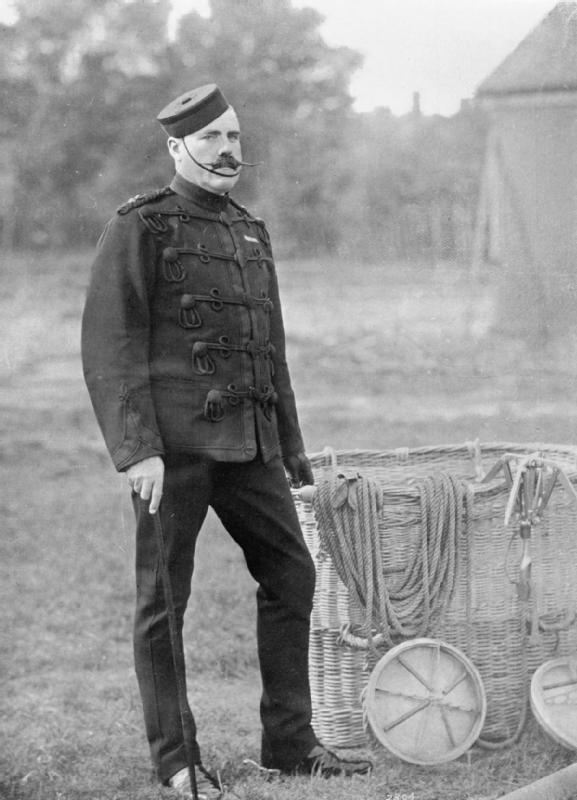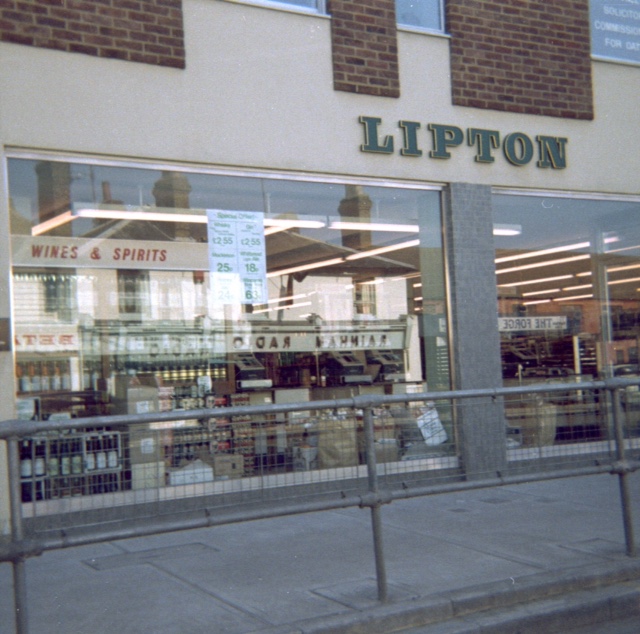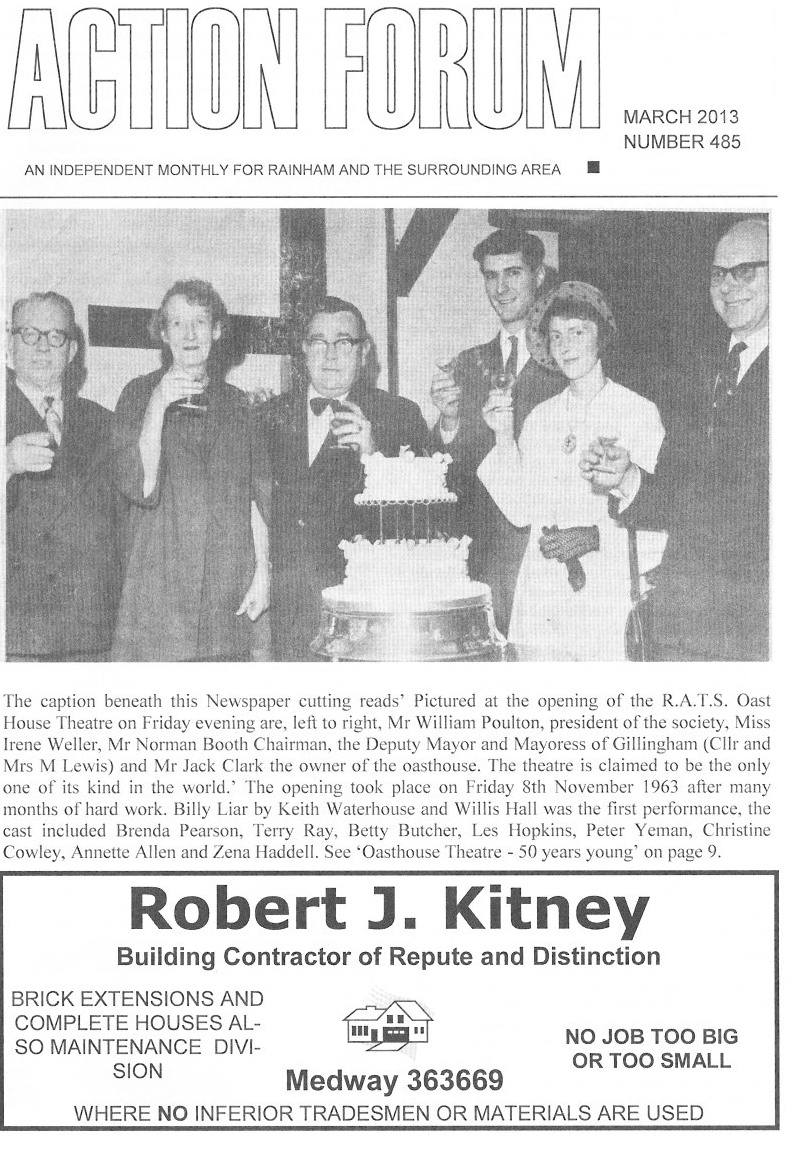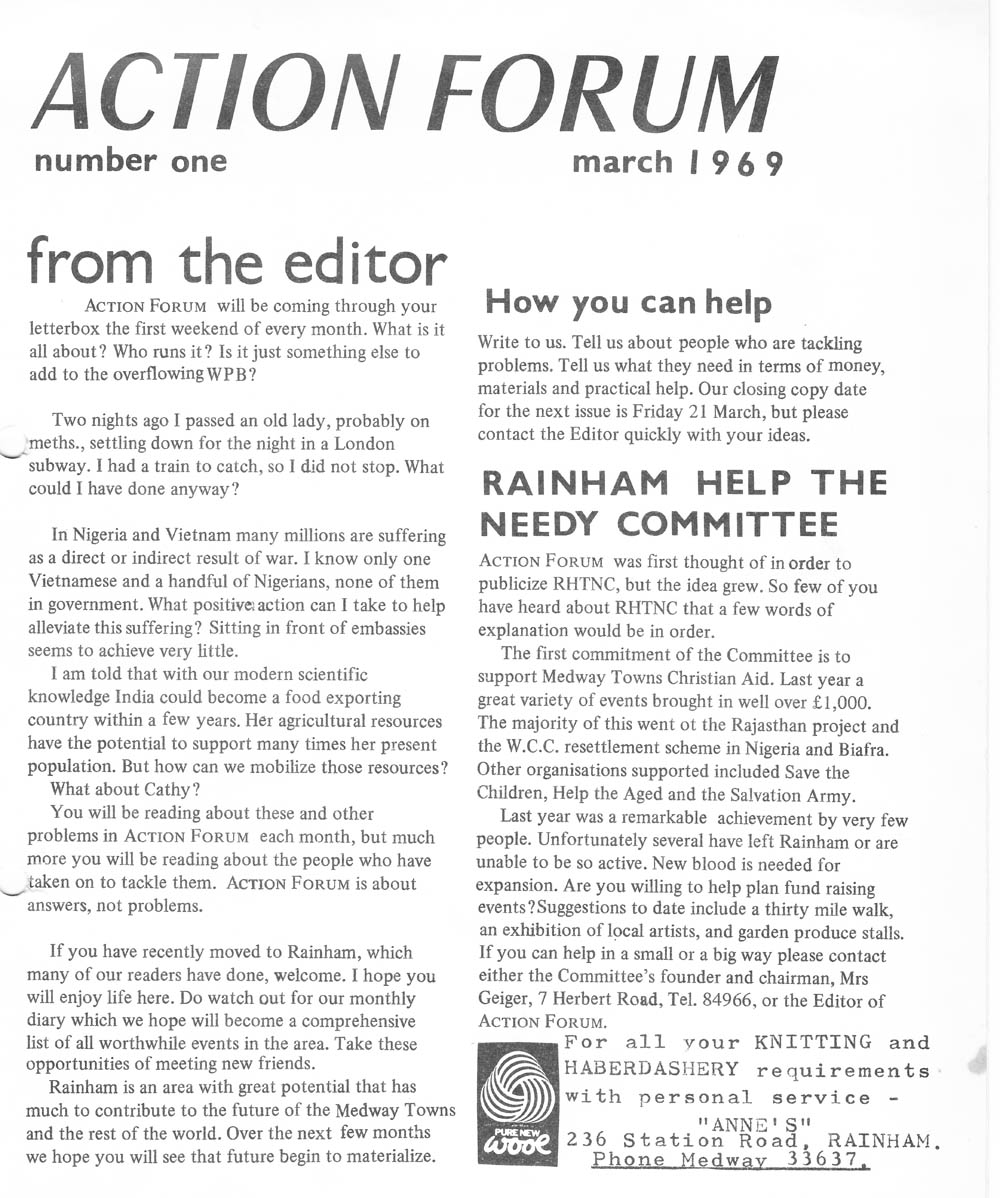History of White Horse Pub - The 1892 Fire
DESTRUCTION OF THE WHITE HORSE INN
On May 14th 1892 one of the biggest blazes seen in Rainham took place when a fire broke out in the "White Horse Inn" on the corner of Station Road and the High Street.
The Inn closed as usual on the night of Friday May 13th and the customers left while publican Charles Adie, his wife, their two children and four lodgers including two Royal Engineers stayed in the building. When everyone went to bed everything seemed normal according to Mrs Adie but at 4.20am she awoke to see smoke coming from the bedroom fireplace and heard knocking but at first she decided not to do anything. Unable to sleep she got up and went to the landing where she saw thick smoke coming from below. She realized that a fire had started so she woke her husband then the two Royal Engineers sleeping in the adjoining room. She went to the children’s bedroom, woke them up, wrapped a blanket around each and then took them out of the building by the back staircase. Mr Adie and the lodgers also managed to vacate the premises.
Photo of the White Horse Inn after it was rebuilt

While Mrs Adie and her children were taken into the "Cricketer’s Inn" opposite by the landlord Mr Jarrett, Mr Adie, assisted by police constables Packman and Bridgeland who had arrived on the scene, managed to take the horses and traps from the coach-house next to the inn to safety before the fire engulfed it.
By this time a large crowd of Rainham residents had converged on the scene after the alarm had been sounded. A mounted messenger was immediately sent to Chatham to rouse the fire brigade. Richard Wakeley junior from Moor Street Farm cycled to the waterworks at Keycol Hill to request that the water be turned on as it had been turned off during the night. Meanwhile, people present at the fire could only watch as large orange flames and thick smoke shot up into the sky and completely engulfed the building. According to the East Kent Gazette a large amount of spirits stored in the cellar contributed to the speed of the fire expanding. Just before this Mr Adie managed to get into the bar where he recovered the safe containing a large amount of cash before the roof caved in at about 6am. The two Royal Engineers managed to prevent the fire from spreading to ‘Church House’ next to the inn by cutting down a wooden shed between the two buildings with axes.
When the fire brigade arrived from Chatham the inn with all its contents had been completely destroyed and only the charred walls and the inn sign remained. The Chatham firemen could only push down the walls of the building with poles to make it safe leaving a heap of ruins apart from the coach-house which survived.
The "White Horse" building belonged to E Winch & Sons from Chatham. Fortunately, they had insured it so although the estimated damage totalled £2,000 the inn was rebuilt immediately and still exists today.
An investigation later attributed the cause of the fire to a beam that ran into the chimney at the back of the bar. The end had ignited then burst into flames. However, the biggest concern regarded the water being turned off and fire hydrants not being available. Mr Adie later commented that if the water had been turned on buckets of it could have been used to extinguish the fire before it took hold. This led to the establishment of Rainham Fire Brigade and hydrants being placed in different parts of the village during the following decade.






















































































































































